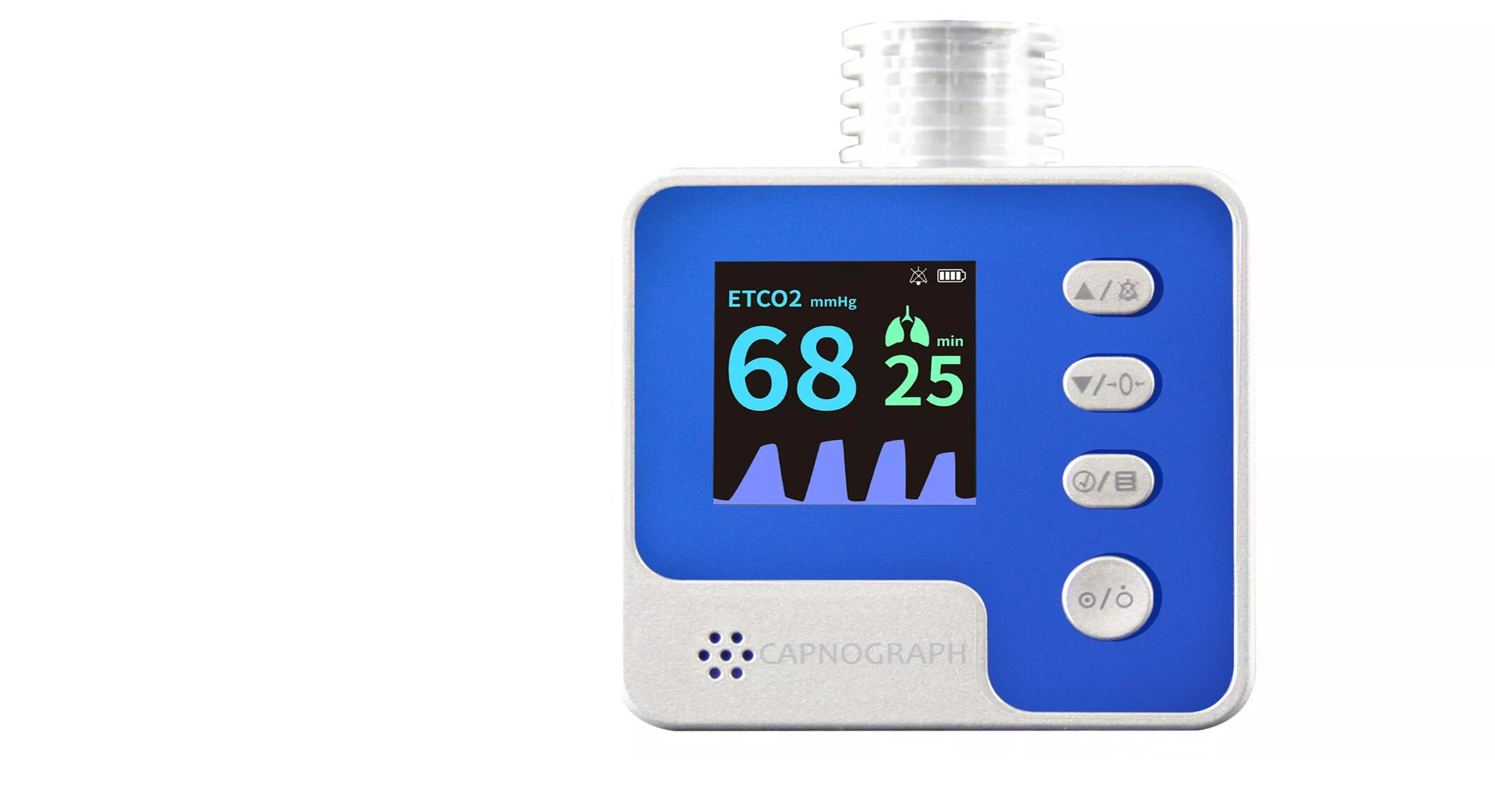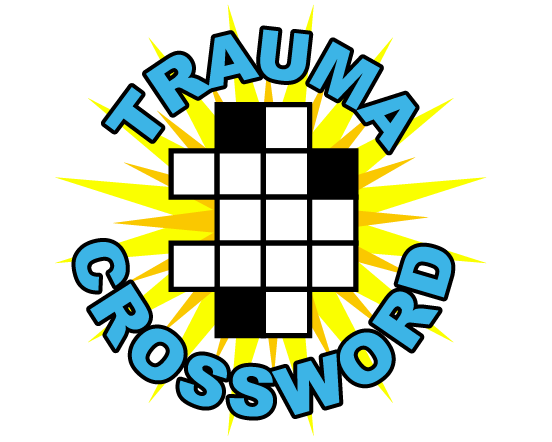|
*|MC_PREVIEW_TEXT|*
|

|
|
04/15/2025
|
|
IT’S TRAUMA TUESDAY
Is a Free Weekly Newsletter
Brought to you by
TCAR Education Programs
|
|
For nurses and other clinicians practicing anywhere
along the trauma care spectrum
|
|
|
|
|
|
Take a quick test of your trauma care knowledge
|

|

|

|
|
|

|
|
Article of the Week
Making Sense of End-Tidal Carbon Dioxide
|
|
If you are not yet comfortable with non-invasive end-tidal CO2 monitoring, it's time to familiarize yourself with this valuable tool. EtCO2 helps you evaluate a patient's status at several points on the tissue oxygenation cascade, including metabolism (CO2 production), perfusion (CO2 transport to the lungs), and ventilation (CO2 exhalation). This article from American Nurse will walk you through how to use capnometry and interpret the results.
|
|
|
|
Hellings SD, Fuller J, Maillie S. End-tidal CO2 monitoring. Amer Nurse 2024 Vol. 2024 Issue September Pages 6-12.
|
|
|

|
|
Trauma Happenings
Be Rapid Response Ready
|
|
Unlike those who work in an ED or OR, inpatient trauma nurses don't have the luxury of having an entire team in a patient's room. Thus, one of the most important skills an inpatient nurse can have is the ability to quickly identify when a patient's status is deteriorating. Unless trauma patients have an MI, pulmonary embolism, stroke, or vital equipment failure, they rarely "just suddenly go bad." The signs of clinical deterioration are almost always there if we recognize them. Check out this Nurse.com link for a short summary of what to look for and how to respond.
|
|
|
|
|
![]()
|

|
|
What's the difference between the US and UK quizzes and crossword puzzles? PART 2
|
|
In addition to spelling variations addressed last week, there are plenty of other differences between American and British English. Medical terminology varies in a lot of amusing ways. For example, British trauma patients don't go to the Operating Room; they go to Theatre, and they ride there on a Trolley, rather than a Gurney, which all sounds like a lot more fun. A British pedestrian may be involved in a Road Traffic Collision (versus a Motor Vehicle Collision) while in a Zebra Crossing (Crosswalk) after being struck by the Bonnet (Hood) and Tyre (Tire) of a car driven by a Drink-Driver (rather than a Drunk-Driver). Once he Attends To (Arrives At) Accident & Emergency (the ED), an Anaesthetist (Anesthesiologist) may insert a Chest Drain (Chest Tube). Whilst in hospital, our patient is given Hartmann's Solution (Ringer's Lactate), a Noradrenaline (Norepinephrine) drip, Paracetamol (Acetaminophen), and Salbutamol (Albuterol) treatments. Once stabilized, he can get out of bed in a Lie-Flat (Cardiac) chair and eat Jelly (Jell-O), unless of course he's showing signs of Coning (Brainstem Herniation).
|
|
|
|
|
|
You can reveal a letter or the entire word if you get stuck
|

|

|

|
|
|
![]()
|

|
|
What Kind of End-of-Life Directive Is It?
|
|
Both healthcare workers and laypeople make a common verbal error when referring to end-of-life directives ("living wills"). They are called ADVANCE directives, not ADVANCED directives. This is because they are written in ADVANCE of their need. There is nothing ADVANCED about them. Moreover, calling them an ADVANCED directive would also infer there's a BASIC directive, which there isn't.
|
|
|
|
|

|
|
|
|
|
|
Follow Us
Want to join the trauma care conversation?
Follow Us on Facebook, Instagram, and X.
|

|
|
|
|
|

|
|
TCAR Education Programs
tcarprograms.org
info@tcarprograms.org
Office: (503) 608-4900
International Toll-Free: +1 800-800-2015
|
|
Copyright © 2025 TCAR Education Programs. All rights reserved.
You are receiving this email because you opted in by purchasing or registering for a course or subscribing to our newsletter on our website.
Want to change how you receive these emails?
You can
update your preferences or
unsubscribe
|